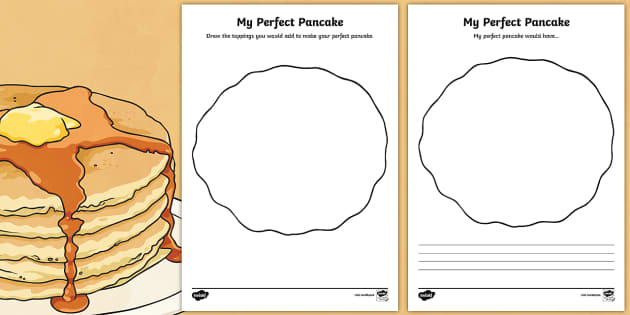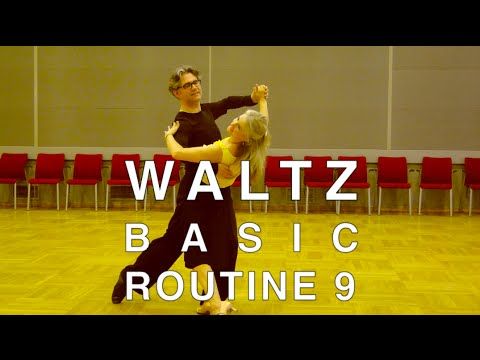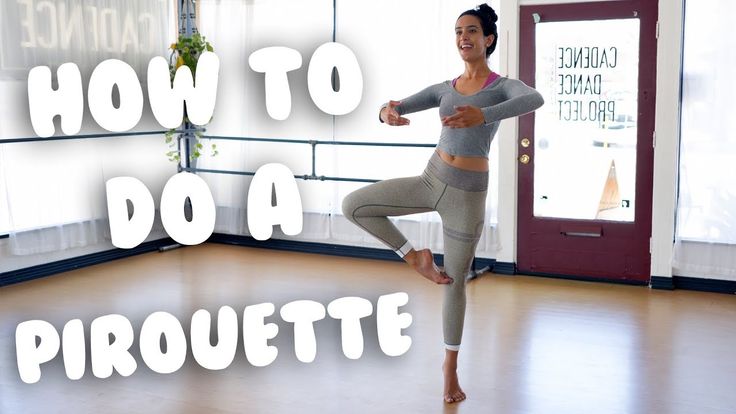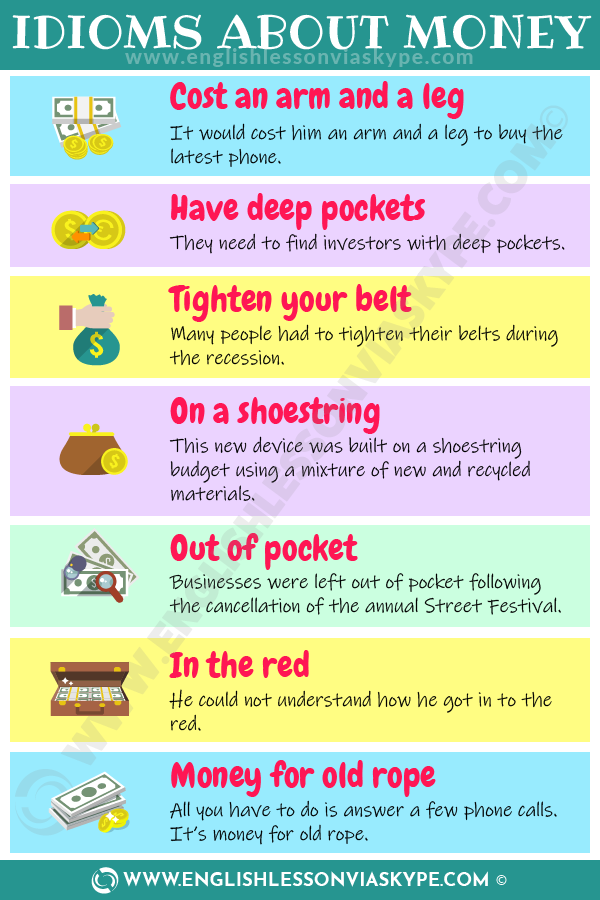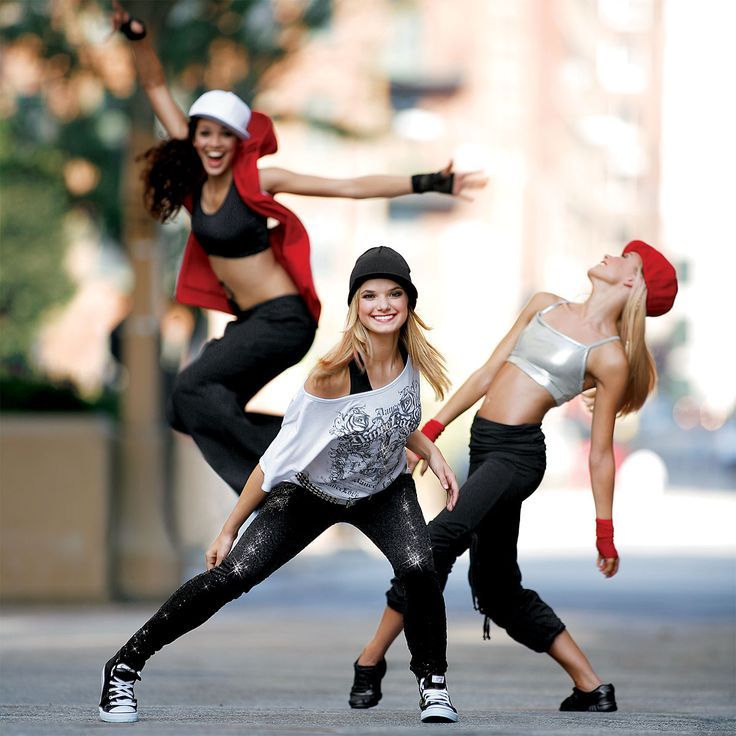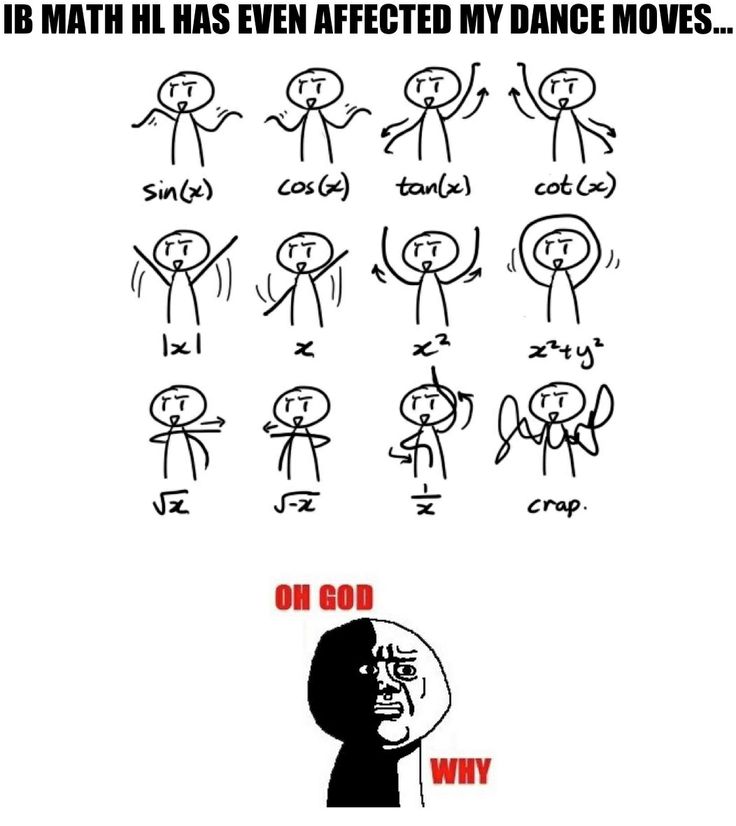How to pop lock dance
Popping Dance Moves - How To Pop And Lock Dance For Beginners
In this popping dance video mini-series you will learn the most essential moves and techniques you need to get started with. Pop and lock dance style is characterized by quickly contracting and relaxing various muscle groups to create a very sharp movement. Below you will learn forearms hits/popping, chest pop, and Dubstep dance basics. Please check out the full course if you want to learn more moves.
Video 1: Popping dance basics – Forearm hits
In this video you will learn how to create a “hit” or “pop” the forearm. While you can pop any part of the body the forearm is a great one to start with. El Tiro provides a great drill that helps you find your forearm popping muscles. Enjoy:
Want more? Get the full Course:
The Ultimate Popping Dance Course (Beginner to Advanced)
Learn how to dance popping and locking with step by step video lessons. You will learn hits/popping, waving, robotics, gliding, vibrating, slow motion effects and more. Become the freestyler you always wanted to be and impress your friends with your dance moves. Includes 3+ hours of video lessons. You can download it instantly or stream it online here.
Learn more & Buy it here (Click here)
Video 2: Chest Pop
In this second pop and lock dance lesson you will learn how to do a chest pop. The chest pop is really cool because it can create such a big effect in your popping. You will learn the technique needed to do a chest pop and also get drills to practice it.
Video 3: Dubstep dance basics
Dubstep dance is actually popping dancing to dubstep music! In this lesson you will learn how to incorporate “dime stops” and “hits” when you dance to dubstep dance music. The instructor also gives you specific pattern to follow your moves, but at the end you can play with it to make it your own.
The instructor also gives you specific pattern to follow your moves, but at the end you can play with it to make it your own.
Want more? Get the full Course:
The Ultimate Popping Dance Course (Beginner to Advanced)
Learn how to dance popping and locking with step by step video lessons. You will learn hits/popping, waving, robotics, gliding, vibrating, slow motion effects and more. Become the freestyler you always wanted to be and impress your friends with your dance moves. Includes 3+ hours of video lessons. You can download it instantly or stream it online here.
Learn more & Buy it here (Click here)
Hip Hop dance moves for beginners
How to dance at a club for men and women
How to Breakdance for beginners
Your Guide to Popping and Locking
© Sinisa Kanizaj / Red Bull Content Pool
How did popping and locking come to be? Find out more about the dance style and the moves to create more emotive dances.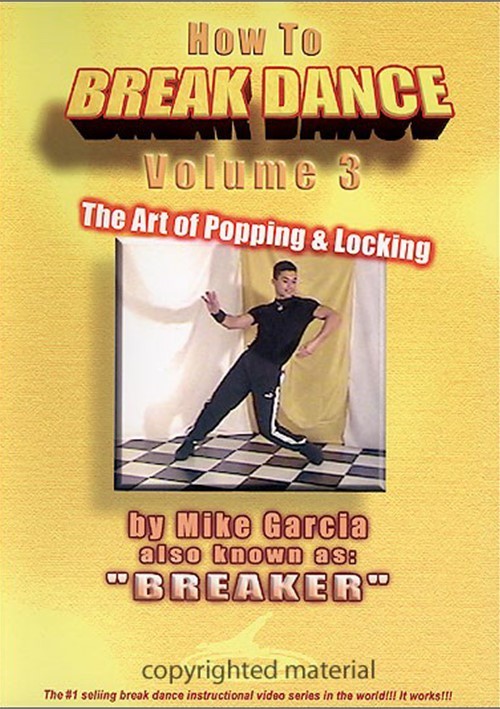
Written by Red Bull Editorial Team
4 min readPublished on
Popping and locking have inspired hip hop, dubstep, and other modern dance moves for a long time. These two dance styles differ in their movements, though. While both dance styles tend to intertwine, popping and locking is a combined style of dance that has a very distinct rhythm. This unique move is the combination of two movements: the pop and the lock.
What Is Popping and Locking?
Popping has its roots in Fresno, California, and is the creation of Sam “Boogaloo Sam” of the group Electric Boogaloos. Locking is the creation of Don Campbell, a member of the Lockers, a Los Angeles group. These two moves combine to form a basis for hip hop, dubstep, and contemporary dancers to play into their choreography. Here's a guide to help you understand the moves and how you can up your popping and locking game so you can get better and create more emotive dances.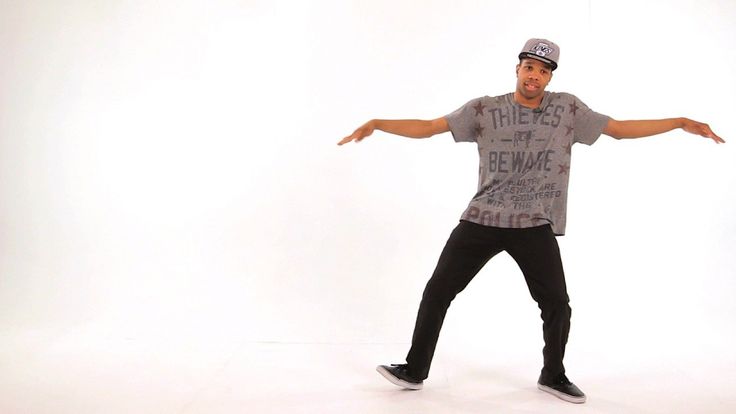
Practice Popping With Some Basic Moves
Dive into perfecting your popping by learning some of the basics. First of all, popping involves contracting and relaxing your muscles, creating a hit effect when you put it to the beat of the music you're dancing to. You can use popping in quick successions or in slow and controlled movements to add emphasis to certain beats in the music.
Popping Simcho performs at the Red Bull Dance Your Style Pre-World Final
© Little Shao/Red Bull Content Pool
The Forearm Hit
To get the hang of popping, start with a basic forearm hit or forearm pop. Just contract and relax the muscles of your forearm to the beat of the music, either in fast hits or slow hits to reflect the different points in the rhythm that you want to make stand out in your dance.
The Chest Pop
When you do a chest pop, you're pretty much doing the same thing as you do with a forearm hit, except the movement is in your chest muscles. Contract your chest inward quickly, almost where it feels like you're jerking your body in, but keep it controlled. Relax the tension in your chest muscles as quickly as you contract, and repeat the motion in the pattern you need for your choreography.
Relax the tension in your chest muscles as quickly as you contract, and repeat the motion in the pattern you need for your choreography.
Play with this move by contracting and relaxing the muscles in your chest as you shift your body parts in different directions during your dance routine. Combine your forearm hits with your chest pops to create a flow to the music. You can use these two popping moves to form the basis of other moves you put into your dances.
Next Comes Locking
Locking is just stopping right in the middle of a quick movement and holding that position for a moment before flowing back into your dance. It's pretty easy to do. Just go through your routine and put these stops at different points in the music that you want to accent with your body. Freeze your dance in a position that drives your choreography to the rhythm, hold it for a couple of beats, and continue the routine. Here are some signature lock dance moves you can practice to hone your skills as a dubstep or hip hop dancer.
Greenteck poses for a portrait during the Red Bull Dancers Tour Japan
© Little Shao/Red Bull Content Pool
Ask for Five
This locking dance step looks like the hand signal for a high five. To pull off this lock, listen for the points in the music where you want to put your stop, and start playing it out in your choreography. Dance your routine and lock your hand in a high-five position for several beats.
This looks awesome when you follow through with a forearm hit to emphasize the beat of the music. You can use the ask for five move in a few different ways. In one, you can do it one-handed where you freeze your hand right in front of your body, or you can use both hands as you flow with forearm hits. It's really up to you how much or how little you put the move into your dance steps.
Locking Points
To pull off this lock, incorporate pointing in your choreography. Dance your routine and at certain beats through the music, freeze your hand while pointing at something or someone.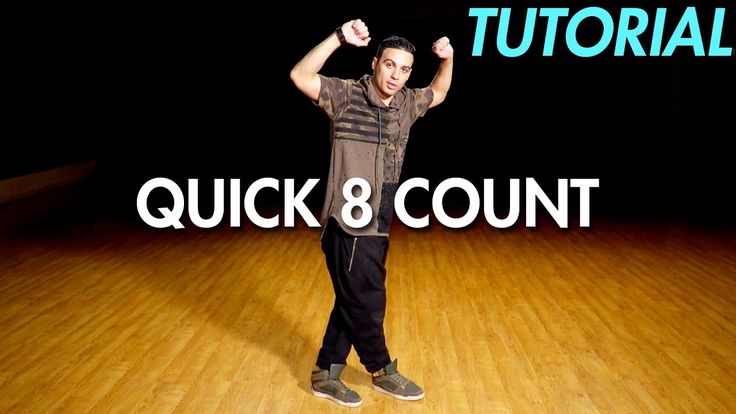 This can accent your moves in a really cool-looking way on stage, especially if you're performing with live musicians, so you can lock point at the guitarist, drummer, or other person playing on stage with you.
This can accent your moves in a really cool-looking way on stage, especially if you're performing with live musicians, so you can lock point at the guitarist, drummer, or other person playing on stage with you.
Popping and locking are unique dance moves that have a long history of influencing popular and mainstream hip hop and other dance styles. Today, street dancers who favor contemporary styles like funk dances and dubstep can use the popping and locking moves to bring out the music, beat, and one-of-a-kind dance style. So give some of these moves a try, and if you're up for learning more, there are always dance lessons from the pros.
Encyclopedia of dance: Locking
Locking is one of the most positive funk dance styles, characterized by a comical and even comical manner of performance.
The dance got its name "locking" because it includes positions called "locks" (locks). Its foundations were laid by Don Campbell in Los Angeles nightclubs in the early 1970s. Locking quickly became fashionable and became the highlight of the dance TV show Soul Train.
Locking quickly became fashionable and became the highlight of the dance TV show Soul Train.
Dance features
In addition to a special manner of performance, locking is characterized by the presence of basic movements, clearly fixed by tradition and performed by all dancers in a strictly uniform way. These are fast “locking” (locking) and “pointing” (pointing) movements, along with hand claps (slaps, claps, giving five) and splits (splits).
Locking is characterized by sharp movements, various tricks with throwing hands, loops with hands, a huge number of various jumps, tricks with shaking arms, legs, etc. Almost all teams do general synchronizations in this style when they show battle shows. Also, individual elements of locking are used by choreographers in the clips of various pop stars.
Locking is based on basic movements, and practically only on them. In assessing the skill of a dancer, first of all, it is important to perform the basic elements and their quality. If a dancer dances only “style” (style means elements invented by the dancer himself, not included in the style base), while ignoring the base, then this dancer automatically loses to the dancer who dances this very base. Locking is a kind of large constructor of many details (basic elements) that the dancer must skillfully put together, and the more interesting and competent he does this, the higher his skill.
If a dancer dances only “style” (style means elements invented by the dancer himself, not included in the style base), while ignoring the base, then this dancer automatically loses to the dancer who dances this very base. Locking is a kind of large constructor of many details (basic elements) that the dancer must skillfully put together, and the more interesting and competent he does this, the higher his skill.
An equally important criterion in funk styles, and locking in particular, is the dancer's ability to improvise and dance to the specific music playing at the moment. That is, if there is a pause in the music, the dancer must immediately stand in a lock or in another position and freeze. A dancer who has thoroughly studied all the basic elements of locking will not find it difficult to improvise and combine them.
Locking includes elements of acrobatics and requires serious physical training. For knee-drop and split movements, knee pads must be worn, at least during training.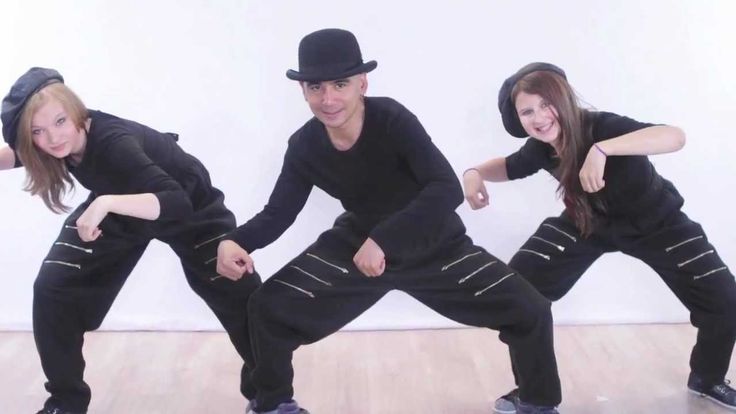 Mood also plays a very important role in locking.
Mood also plays a very important role in locking.
Locking is funk, reflecting funk with your body, movements and mood. And funk is positive, it's explosive energy. Locking is danced initially to funk music, such as James Brown. But he can also dance to hip-hop, only in this case it will already be fusion (fusion). Funk music is still revered by locking dancers and is used in many competitions and battles, such as the Juste Debout.
Origin
Locking is one of the few dances whose ancestor can be identified without unnecessary controversy. They are Don Campbell. This young man was born in St. Louis and spent his childhood in Los Angeles. There he began to get involved in art, but not dance, but fine art. The love of painting led Don to the College of Trade and Technology, where he began to study commercial art. In addition to art, the young student went in for sports a little. And then one day he decided to learn more and dance. Having received some useful lessons from his friend, Don tried to show off his skills at the disco. There he began to dance, demonstrating elements of various dances taught by his friend. But they got mixed up in Don's head and from time to time he "froze", deciding what to do next. For this, one of the best college dancers, Sam Williams, gave him the nickname "Campbell Castle" (lock in English lock). Don not only was not offended, but on the contrary decided to experiment and develop a dance with “locks”. As a result, having reached a certain level, he received from the same Sam Williams an invitation to a dance competition, where he took 5th place out of 15 participants.
There he began to dance, demonstrating elements of various dances taught by his friend. But they got mixed up in Don's head and from time to time he "froze", deciding what to do next. For this, one of the best college dancers, Sam Williams, gave him the nickname "Campbell Castle" (lock in English lock). Don not only was not offended, but on the contrary decided to experiment and develop a dance with “locks”. As a result, having reached a certain level, he received from the same Sam Williams an invitation to a dance competition, where he took 5th place out of 15 participants.
The peculiarity of Don Campbell's approach to dancing was that he did not try to remove his shortcomings and learn to dance like the best masters. On the contrary, he presented shortcomings as virtues, and proclaimed positive as the main goal of his dance. So various comic poses were added to the castles, which contrasted against the background of other dances and the audience liked it.
At that time in Los Angeles, almost every club from time to time held contests with small cash prizes. Don Campbell became a regular member of most of them. And more and more often he won, sometimes even without a fight - opponents were afraid to go to the dance floor, having heard about the new original dancer.
Don Campbell became a regular member of most of them. And more and more often he won, sometimes even without a fight - opponents were afraid to go to the dance floor, having heard about the new original dancer.
Inspired by glory, Don did not want to teach his dance to anyone, hoping to defeat every opponent. The first who managed to become his student was Fred Berry, who met Campbell at the Mavericks Flat club - the place of their constant hangouts. However, this training was very peculiar - Campbell came up with movements spontaneously. In general, he was a freestyle master who knew how to present any of his falls as a planned trick.
It is worth saying that locking was not the only style of those years that appeared in the US dance culture. There were many such styles, but not all of them are remembered today. And the promotion and preservation of young talents and their directions in the history of dance was helped by the show of Don Cornelius - Soul Train. For many years it was the central dance show on US television. One of the passes was won by Don Campbell! This is where the real locking movement began.
One of the passes was won by Don Campbell! This is where the real locking movement began.
After the success on TV, numerous fans and opportunities to earn money by dancing began to appear. It needed its own team. And Don Campbell created it in 1973 under the name The Campbellock Dancers (later the name was shortened to The Lockers).
Locking (Locking) today
The basis has remained unchanged - the recognizable “locks” stops, from which, in fact, the development of this dance art began. The style was invented in the 70s of the last century and over the past decades has conquered countries on all continents. Regular coverage of innovations on television, participation in competitions in an original style, presence at festivals. All this laid a solid foundation and allowed locking to develop no longer centrally in the Don group, but in all corners of the world.
This dance carries positive, the desire to live and be able to enjoy what is happening around, explosive positive and energy just hover around the adherents of the locking dance style.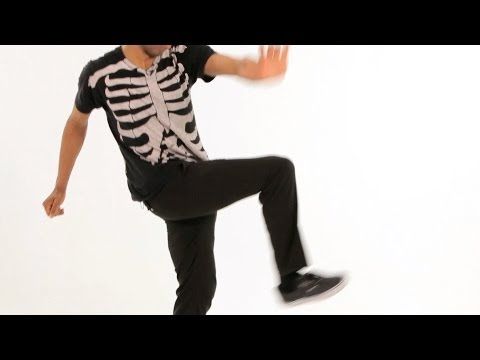 Now locking is no longer just a dance for many, it is a lifestyle with its unusual fashion details and demeanor.
Now locking is no longer just a dance for many, it is a lifestyle with its unusual fashion details and demeanor.
Locking dance video
LaViDanza Vladimir dance academy launched k-pop, contemporary and high heels classes
I want to dance when my heart is light and joyful. But how to overcome yourself if the pas come out angular? It's a shame that even charisma helps little in such a matter - the most plastic, energetic and skillfully moving will become the king of the party. In the middle of the evening, you can modestly go into the shadows with a cocktail in your hand or support the general enthusiasm, holding a grudge in your heart. But the best option is offered by the dance academy "LaViDanza": submit to the movement, and then subdue it. Dance is a delicate matter, so professionals should introduce newbies into the world. Those very charismatic guys that we look at with envy are the teachers of LaViDanza. Hundreds of Vladimir residents could be convinced of this, purposefully and even spontaneously visiting the two days of open doors of the dance school.
At the reception, administrators smile at slightly confused guests and help them find the right lines in a busy schedule. For two days of open doors, the LaViDanza Academy covered each area of training, offering those who wish free classes in one of them.
On the territory of "LaViDanza" everyone dances, even those who are not involved in teaching. For about two years, Varvara Uralskaya has been working here as an administrator and during this time she managed to try all the directions presented, so she gives advice to beginners with knowledge of the matter.
“We are based on Latin American couple dances, that is, salsa and bachata, now we have also captured Argentine tango and kizomba. The Academy focuses on an adult audience, so we choose the appropriate directions, but recently there have been many options for young people and classes for children. We catch the requests of Vladimir residents and adjust so that there are more dancing people in the city. ”
”
Classes for children and adults are technically different: only professionally qualified teachers are hired to work with little dancers. LaViDanza invites kids from 4 years old to stretch and dance, older groups are formed from 7 years old. Next comes a separate block for students who, upon presentation of a ticket, are entitled to a good discount. For young people, the same classes are available as for adults, who are the most in the academy. It's never too late to learn how to dance, just like losing weight!
“Vladimir residents like sports and dancing, so fitness areas are also in demand. But our most important difference is the special energy for which guests come to classes. For example, for pair latin to Valeria (note: the head of the studio), they are specially recorded for the sake of the teacher. She charms, people want to dance with her. Among our many teachers is Karina Saburova, who was the first to bring zumba to Vladimir. And Irina Kulikova, our first teacher, has been literally living at the academy for a year now. ”
”
During open days, all four LaViDanza ballrooms are visited by guests who have brought comfortable clothes and shoes from home. Everyone wants to dance. And on ordinary days, the excitement does not subside, one of the main goals of the dance academy is to create a party where you can talk and move around. Preferably at the same time. The largest hall of the building is called the concert hall, where students often prove to themselves and their friends that they have tamed the dance. The active academy "LaViDanza" cannot live in peace, it is looking for parties, competitions and applause everywhere.
“We have a lot of activities! Students invite their loved ones, who can also join the dance. Our first lesson is free, so you can try any direction. In addition, we have common subscriptions - with them you can come even to salsa, even to a dancehall, even to stretching. Or all at the same time! For some people in Vladimir the atmosphere is important, for others the result. Therefore, those who want to quickly learn how to dance are better off taking individual lessons.
Therefore, those who want to quickly learn how to dance are better off taking individual lessons.
Classes in one specific direction are held three times a week. For example, if you can’t attend because of work, then by “adding” one individual lesson with your teacher, you can close several absenteeism at once. If something does not work out, teachers will always help - they will work with the student additionally. In general, even one lesson a week bears fruit, there would be a desire to work. The fact is that LaViDanza gives students homework in an unusual form: they record a part of the lesson on video, which should be worked out at home. Vladimir residents really like this format, all “reports” are stored for a long time - not a single bunch will be forgotten. In principle, attending only individual classes is not forbidden, however, group classes have their own charm. In addition, they are more often chosen by men, says yoga and kizomba teacher Irina Kulikova:
“During the lessons, as well as at parties, we always change pairs. The trick is that everyone present manages to dance with each other - this is a pleasant pastime. But, of course, it is better to urgently learn to dance in individual lessons. We can put together any performance, we also work with newlyweds. Let's come up with something interesting. At the first meeting, we communicate with the couple and find out what they want to see in the end. Often they ask to create a creative dance for a certain song.
The trick is that everyone present manages to dance with each other - this is a pleasant pastime. But, of course, it is better to urgently learn to dance in individual lessons. We can put together any performance, we also work with newlyweds. Let's come up with something interesting. At the first meeting, we communicate with the couple and find out what they want to see in the end. Often they ask to create a creative dance for a certain song.
It turns out that the traditional waltz is gradually fading into the background. Modern newlyweds choose bright dances - amaze guests with tango and salsa, bold combinations. The trend for unusual weddings of LaViDanza teachers is very pleasing, there is enough creativity for everyone. In addition, individual pair lessons are warm with discounts. Dance with your soul mate as if no one is watching you. Apart from the teacher, of course.
About thirty people of different ages came to Valeria's open lesson to learn bachata. Under the peppy comments of the teacher, the gathered Vladimir listened to the music, solo learning a simple bunch of movements. When it came time to work out the elements in pairs, a historical moment happened - there were more men in the ballroom than women! The girls stood in a circle, and the gentlemen moved clockwise from one partner to another. Item completed? We are changing. For lovers who came together, there is another option - to move to the center of the circle without changing the couple.
When it came time to work out the elements in pairs, a historical moment happened - there were more men in the ballroom than women! The girls stood in a circle, and the gentlemen moved clockwise from one partner to another. Item completed? We are changing. For lovers who came together, there is another option - to move to the center of the circle without changing the couple.
Valeria, constantly joking and moving at the same time, watches every step of the students through the mirror. Bachata at the initial level is mastered perfectly, it's time for a master class. The teacher lured her student Yuri Trubakov out of the crowd for improvisation, music began to play. The performance was amazingly passionate and well-coordinated, which caused a flurry of applause. Yuri says that it is quite possible to learn to dance as well as teachers:
“It all started with the fact that I decided to lose weight. A colleague said that for this you need to do fitness - it did not help.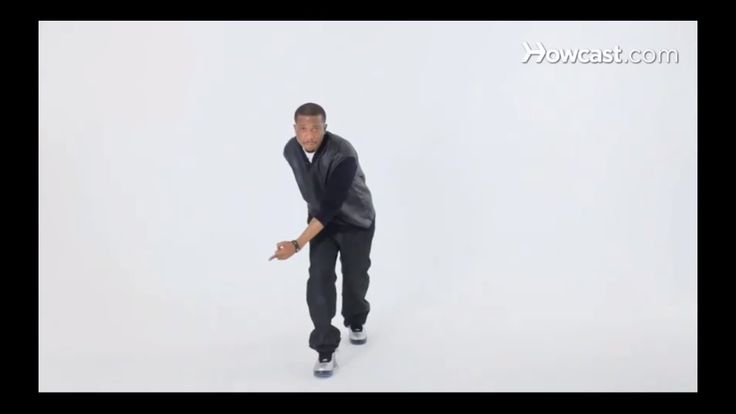 And once at lunchtime this same person decided to dance, I joined. He said that I have the makings of Latin American dances, and he will prove it in Valeria's lessons. I attended two or three classes and thought that this was not for me. But the teacher took patronage over me, for almost two years with a break, success is obvious. The result is visible almost immediately. The first month, students figure out if the chosen direction suits them. In the second month they attend classes because they are interested. By the third month, the skills are already honed, the teachers are moving the beginner dancers forward.”
And once at lunchtime this same person decided to dance, I joined. He said that I have the makings of Latin American dances, and he will prove it in Valeria's lessons. I attended two or three classes and thought that this was not for me. But the teacher took patronage over me, for almost two years with a break, success is obvious. The result is visible almost immediately. The first month, students figure out if the chosen direction suits them. In the second month they attend classes because they are interested. By the third month, the skills are already honed, the teachers are moving the beginner dancers forward.”
Annual festivals in Vladimir and around the country do not let students get bored - with each new performance, the technique is getting better, there is excitement. Yuri is a multiple participant in such cases. For a couple of years in dancing, he made many friends and like-minded people with whom you can easily dance. Dance is the movement of thought, Yura is sure. The LaViDanza Academy taught him to think in the right direction, and this is the merit of the teacher Valeria.
The LaViDanza Academy taught him to think in the right direction, and this is the merit of the teacher Valeria.
The girl has been dancing since childhood. Ballroom dancing once brought her to the title of master of sports of international class, but she became closely acquainted with Latin American styles about five years ago. This is a whole philosophy that absorbed Leroux completely - I had to create a dance school in order to gather myself an ideal company.
“I started to develop a salsa and bachata party in Vladimir. A party of two dances that sunk into my soul. Five years ago, I taught differently, with experience came a lot of important things. All of our teachers are professionals and have charisma. Students want to learn from such people, and we want to pass on knowledge. Each member of our team is in continuous development, this is very important. We go to master classes, festivals. We ourselves organize parties for the community in our glorious city and attend its events.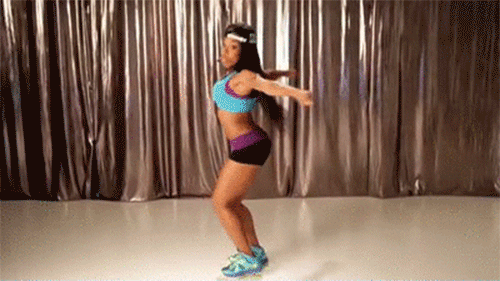 Already on September 26 we will loudly celebrate our fourth birthday. Event managers all over the country know us, they invite us with master classes, flash mobs. In addition, we record online courses and do not violate the regularity of classes.”
Already on September 26 we will loudly celebrate our fourth birthday. Event managers all over the country know us, they invite us with master classes, flash mobs. In addition, we record online courses and do not violate the regularity of classes.”
Teachers of "LaViDanza" promote their students to events throughout the country, help to adapt to the party. And the students, in turn, talk to everyone and everywhere about dancing. Five years ago, Lera recalls, at every lesson she painted in colors the positive aspects of Latin American trends, touted people. By now, the people of Vladimir have figured it out themselves: they want to learn, they come already charged with an idea. Some immerse themselves in the process so much that they become teachers themselves. For example, Olesya Tikhanovskaya. Four years ago, the girl came to the opening of the dance academy:
“I didn’t dance before, but I was connected with music - a choir by education. I fell in love with the Latin American sounds and the way Valeria dances. I started attending salsa and bachata groups. Everything was like everyone else: I trained at the academy and at home. I wanted everything to be beautiful. This is my setup for life. Teachers do the maximum for the student, carefully and correctly follow each one - this gives an incentive to work. From the reaction of the mentor, I understood that I was making progress. ”
I started attending salsa and bachata groups. Everything was like everyone else: I trained at the academy and at home. I wanted everything to be beautiful. This is my setup for life. Teachers do the maximum for the student, carefully and correctly follow each one - this gives an incentive to work. From the reaction of the mentor, I understood that I was making progress. ”
Everything happened by itself. Olesya danced at classes and events, gradually growing into LaViDanza. The girl jokes that she no longer remembers life without movement. For three years, Olesya grew up from a student, and Valeria invited the girl to give lessons herself, but was rebuffed:
"So I? Never! However, after all, I conducted a trial lesson and realized that it was possible to work with it. Everything depends on my diligence and responsibility. Today was my first salsa ladies lesson. This is a very interesting female direction, which makes it possible to dance solo beautifully in pairs or on their own.
